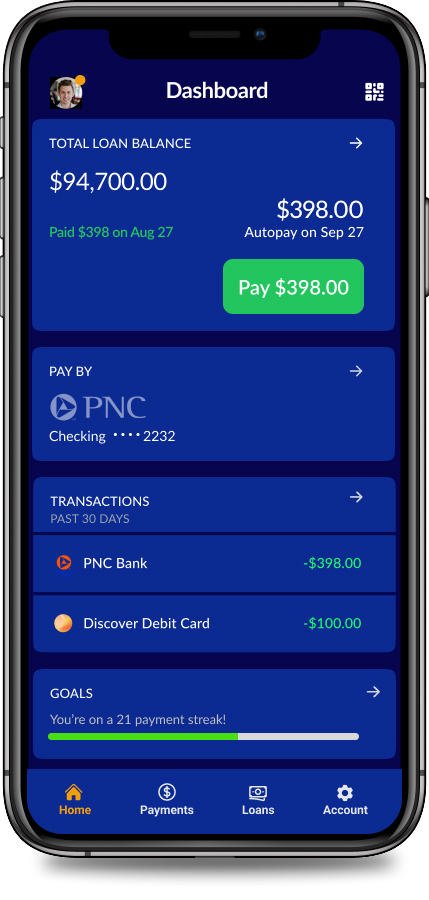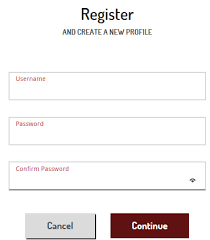Designed for Confidence, Not Just Completion
This project highlighted that even simple financial tasks carry emotional weight.
Users weren’t just making payments, they were navigating stress, shame, and tight margins.
Our biggest wins came not from visual polish, but from designing for how people actually live: late nights, bad lighting, shaky Wi-Fi, high stakes.
That meant rethinking accessibility, layering clarity into security, and making recovery feel like support instead of punishment.
This wasn’t just a redesign. It was a shift toward building systems that earn trust one tap at a time.

.svg)

.gif)
